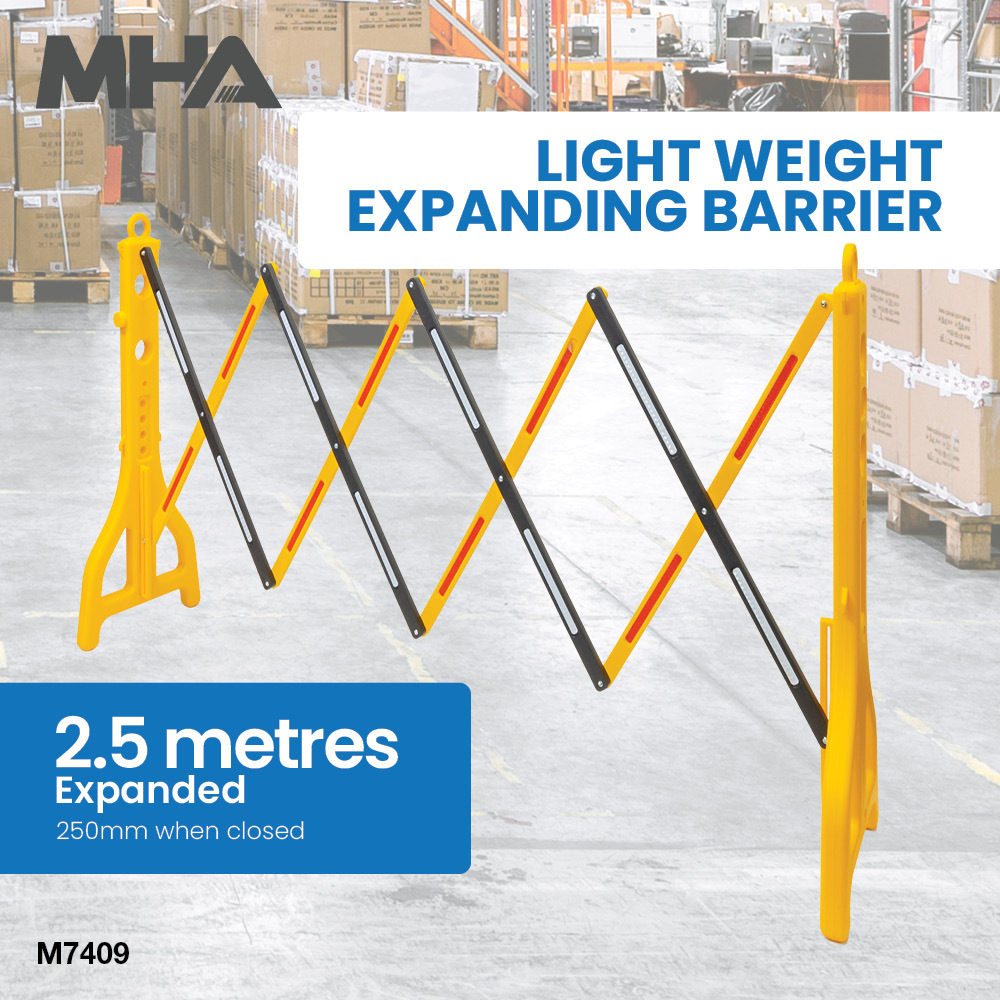Enhancing Safety with Modern Safety Barriers
Date Posted:10 July 2024
Safety barriers are indispensable assets in ensuring workplace safety, operational efficiency, and regulatory compliance across various industries. By investing in robust barriers tailored to specific hazards and operational needs, businesses not only pro
In industries ranging from warehouses and factories to construction sites and retail spaces, safety barriers play a critical role in protecting personnel, equipment, and property from potential hazards. These barriers are not just physical dividers; they are robust solutions designed to enhance workplace safety, efficiency, and compliance with occupational health and safety standards. Let's explore the importance and functionality of safety barriers, focusing on their diverse applications and benefits.
Understanding Safety Barriers
Safety barriers are structural elements installed in workplaces to control, guide, or protect against specific hazards. They come in various forms, including:
- Pedestrian Barriers: Used to define walkways, restrict access to hazardous areas, or guide foot traffic safely.
- Traffic Barriers: Designed to manage vehicle flow, prevent collisions, and protect pedestrians from moving machinery or vehicles.
- Warehouse Barriers: Employed to safeguard equipment, storage areas, and personnel from forklifts and other heavy machinery.
- Construction Barriers: Essential for creating safe work zones, preventing falls, and delineating restricted areas.
Key Features and Benefits
- Safety and Protection: The primary function of safety barriers is to create a physical barrier between potential hazards and personnel. This proactive approach significantly reduces the risk of accidents, injuries, and property damage.
- Regulatory Compliance: Adherence to workplace safety regulations and standards is paramount. Safety barriers help businesses meet legal requirements by implementing effective risk mitigation strategies.
- Versatility and Adaptability: Modern safety barriers are versatile, catering to diverse operational needs. They can be temporary or permanent, easily adjustable, and suitable for indoor and outdoor environments.
- Durability and Longevity: Constructed from robust materials such as steel, aluminium, or impact-resistant polymers, safety barriers are built to withstand harsh conditions and frequent use, ensuring reliability over time.
- Visual Awareness: Many safety barriers feature high-visibility colors or reflective elements to enhance visibility in low-light conditions, improving awareness and reducing the likelihood of collisions.
Applications across Industries
- Warehousing and Logistics: Safety barriers in warehouses protect racks, inventory, and personnel from collisions with forklifts and pallet trucks, ensuring smooth operations and minimizing downtime due to accidents.
- Construction Sites: In construction, barriers safeguard workers from falling debris, mark hazardous areas such as excavations or scaffolding, and control vehicular and pedestrian traffic for enhanced site safety.
- Retail and Commercial Spaces: In retail environments, barriers guide customer flow, protect displays, and delineate secure zones, promoting a safe and organized shopping experience.
- Transportation and Public Safety: Along roads and highways, safety barriers prevent vehicles from veering off-course, reduce the severity of accidents, and safeguard pedestrians and cyclists.
Innovations and Future Trends
As technology advances, so do safety barriers. Emerging innovations include:
- Smart Barriers: Integrated with sensors and IoT technology to monitor traffic flow, detect impacts, and alert operators or authorities in real-time.
- Flexible Barriers: Designed to absorb and dissipate impact energy, reducing damage to vehicles and structures while maintaining their integrity.
- Eco-friendly Materials: Development of barriers using sustainable materials and designs that minimize environmental impact, aligning with global sustainability goals.
Safety barriers are indispensable assets in ensuring workplace safety, operational efficiency, and regulatory compliance across various industries. By investing in robust barriers tailored to specific hazards and operational needs, businesses not only protect their workforce and assets but also foster a culture of safety and responsibility.



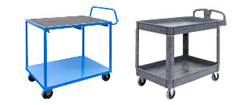

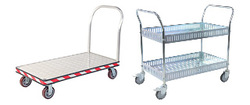
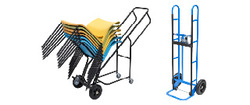
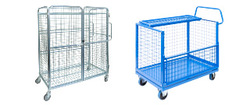
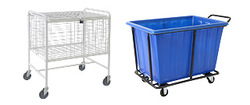
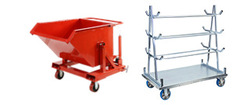
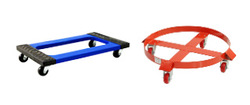
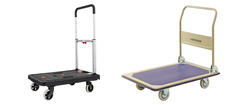
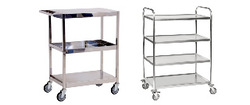
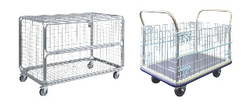
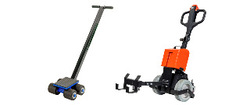
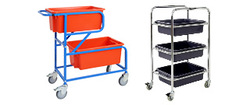
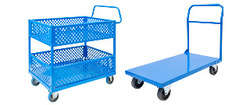
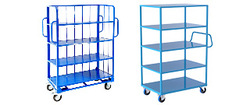
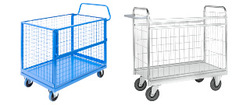
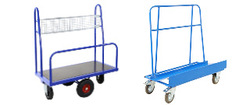
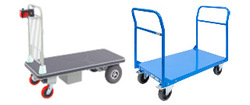
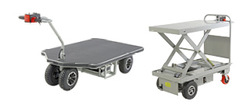
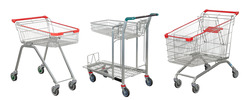
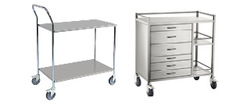
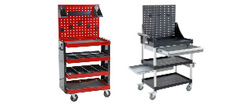
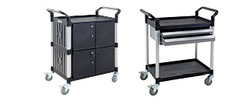
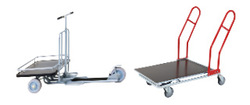
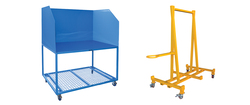



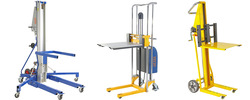



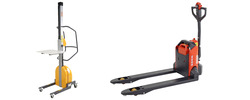
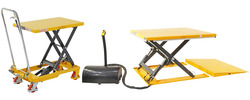
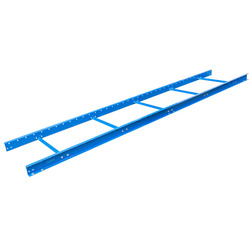
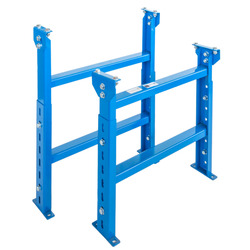
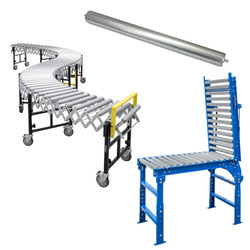
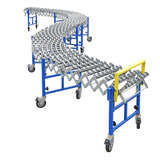


















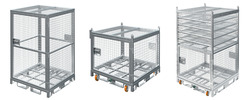

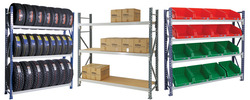
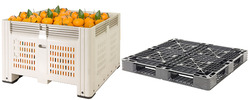
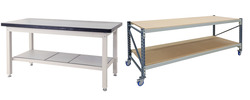
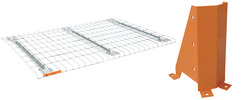
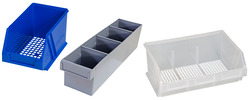

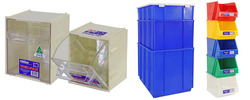

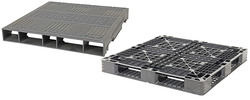

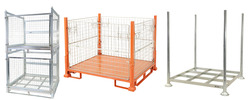
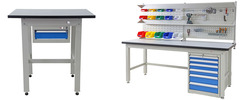
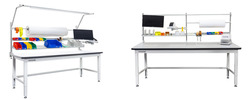


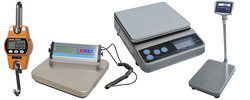



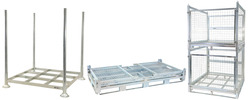
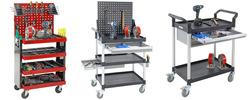
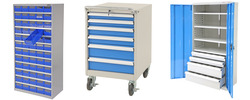

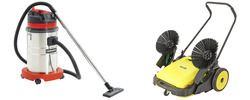











 Trolleys / Hand Trucks
Trolleys / Hand Trucks 2 Tier Trolleys
2 Tier Trolleys 3 Tier Trolleys
3 Tier Trolleys Aluminium Trolleys
Aluminium Trolleys Appliance & Hand Trucks
Appliance & Hand Trucks Cage Trolleys
Cage Trolleys Cleaning Carts & Trolleys
Cleaning Carts & Trolleys Construction Trolleys
Construction Trolleys Dollies
Dollies Foldable Trolleys
Foldable Trolleys Hospital Trolleys
Hospital Trolleys Laundry/Linen Trolleys
Laundry/Linen Trolleys Load Skates & Tow Tugs
Load Skates & Tow Tugs Mail / Office Trolleys
Mail / Office Trolleys Multi Purpose Trolleys
Multi Purpose Trolleys Multi-Tier Shelf Trolleys
Multi-Tier Shelf Trolleys Order Picking Trolleys
Order Picking Trolleys Panel Cart Trolleys
Panel Cart Trolleys Platform Trolleys
Platform Trolleys Powered Trolleys
Powered Trolleys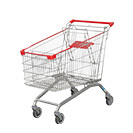 Shopping Trolleys
Shopping Trolleys Stainless Steel Trolleys
Stainless Steel Trolleys Tool Trolleys
Tool Trolleys Utility Carts
Utility Carts Warehouse Trolleys
Warehouse Trolleys Custom Trolleys
Custom Trolleys Lifting Equipment
Lifting Equipment Forklift Attachments
Forklift Attachments Jib Attachments
Jib Attachments Lifting Hoists & Pallet Hooks
Lifting Hoists & Pallet Hooks Manual Stackers & Lifters
Manual Stackers & Lifters Pallet Jacks
Pallet Jacks Pallet Lifters
Pallet Lifters Pallet Rotators & Dispenser
Pallet Rotators & Dispenser Powered Pallet Trucks & Electric Lifters
Powered Pallet Trucks & Electric Lifters Scissor Lift Trolleys and Tables
Scissor Lift Trolleys and Tables Conveyor Equipment
Conveyor Equipment Conveyor Frames
Conveyor Frames Conveyor Stands
Conveyor Stands Roller Conveyors
Roller Conveyors Skate Wheel Conveyors
Skate Wheel Conveyors Access Equipment
Access Equipment Container & Yard Ramps
Container & Yard Ramps Step Stools & Ladders
Step Stools & Ladders Work Platforms & Crane Cages
Work Platforms & Crane Cages Drum Handling
Drum Handling Drum Storage & Bunding
Drum Storage & Bunding Drum Trolleys & Lifters
Drum Trolleys & Lifters Forklift Drum Handling
Forklift Drum Handling Containment & Spillage
Containment & Spillage Aerosol Cans Storage Cages
Aerosol Cans Storage Cages Bunded Pallets & Storage
Bunded Pallets & Storage Corrosive Goods Storage Cabinets
Corrosive Goods Storage Cabinets Flammable Liquid Cabinets
Flammable Liquid Cabinets Forklift Gas Storage Cages
Forklift Gas Storage Cages Gas Cylinder Storage
Gas Cylinder Storage Site Storage
Site Storage Spill Kits
Spill Kits Stillage Cages
Stillage Cages Waste Handling
Waste Handling Bin Lifters & Tippers
Bin Lifters & Tippers Plastic Waste Bins and Carts
Plastic Waste Bins and Carts Steel Waste and Tipping Bins
Steel Waste and Tipping Bins Storage Equipment
Storage Equipment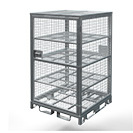 750 Series Cage Configurations
750 Series Cage Configurations Heavy Duty Cabinets & Benches
Heavy Duty Cabinets & Benches Heavy Duty Shelving
Heavy Duty Shelving Mega Bins & Pallets
Mega Bins & Pallets Packing Benches
Packing Benches Pallet Racking Accessories
Pallet Racking Accessories Parts Trays & Stor-Pak Bins
Parts Trays & Stor-Pak Bins Pegboard & Louvre Panels
Pegboard & Louvre Panels Plastic Bins
Plastic Bins Plastic Handling Solutions Bins
Plastic Handling Solutions Bins Plastic Pallets
Plastic Pallets Stack & Nest Bins
Stack & Nest Bins Storage Cages
Storage Cages Workplace Equipment
Workplace Equipment Workbenches
Workbenches Modular Workbenches
Modular Workbenches Electric Height-Adjustable Workbenches
Electric Height-Adjustable Workbenches Floor Matting
Floor Matting Industrial Weighing Scales
Industrial Weighing Scales Pallet Wrapping & Packaging Machinery
Pallet Wrapping & Packaging Machinery Ramps
Ramps Stationery Cupboards
Stationery Cupboards Storage and Stillage Cages
Storage and Stillage Cages Tool Trolleys
Tool Trolleys Tooling Cabinets
Tooling Cabinets Wheelie Bins
Wheelie Bins Workshop Equipment
Workshop Equipment Safety Equipment
Safety Equipment Gloves and PPE
Gloves and PPE Pallet Rack Post Protectors
Pallet Rack Post Protectors Safety Barriers & Bollards
Safety Barriers & Bollards Safety Knives & Cutters
Safety Knives & Cutters Signs and Traffic Supplies
Signs and Traffic Supplies Tool & First Aid Boxes
Tool & First Aid Boxes Construction Equipment
Construction Equipment Concrete Equipment
Concrete Equipment General Site Equipment
General Site Equipment Lifting Equipment
Lifting Equipment Site Storage
Site Storage Waste
Waste 

